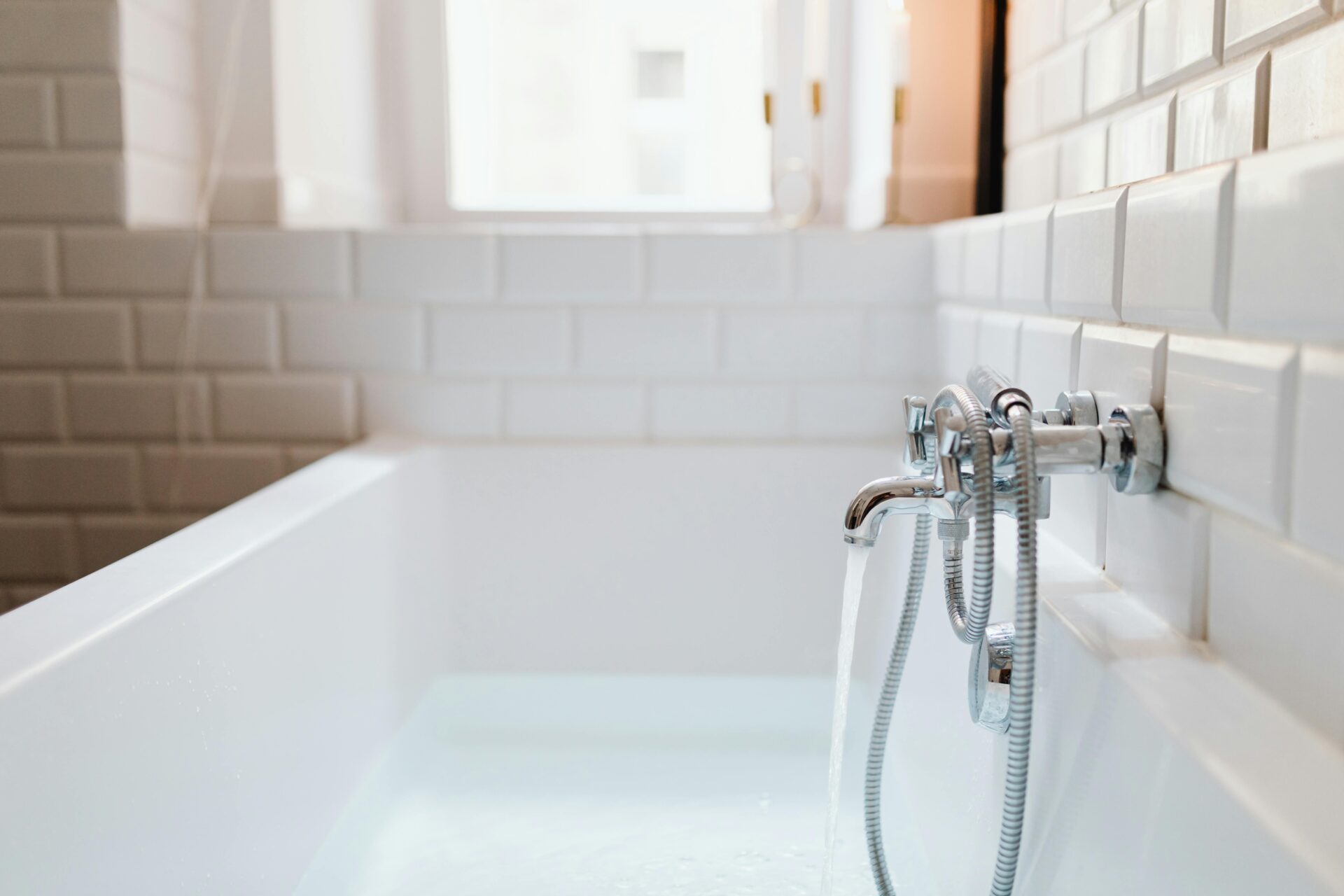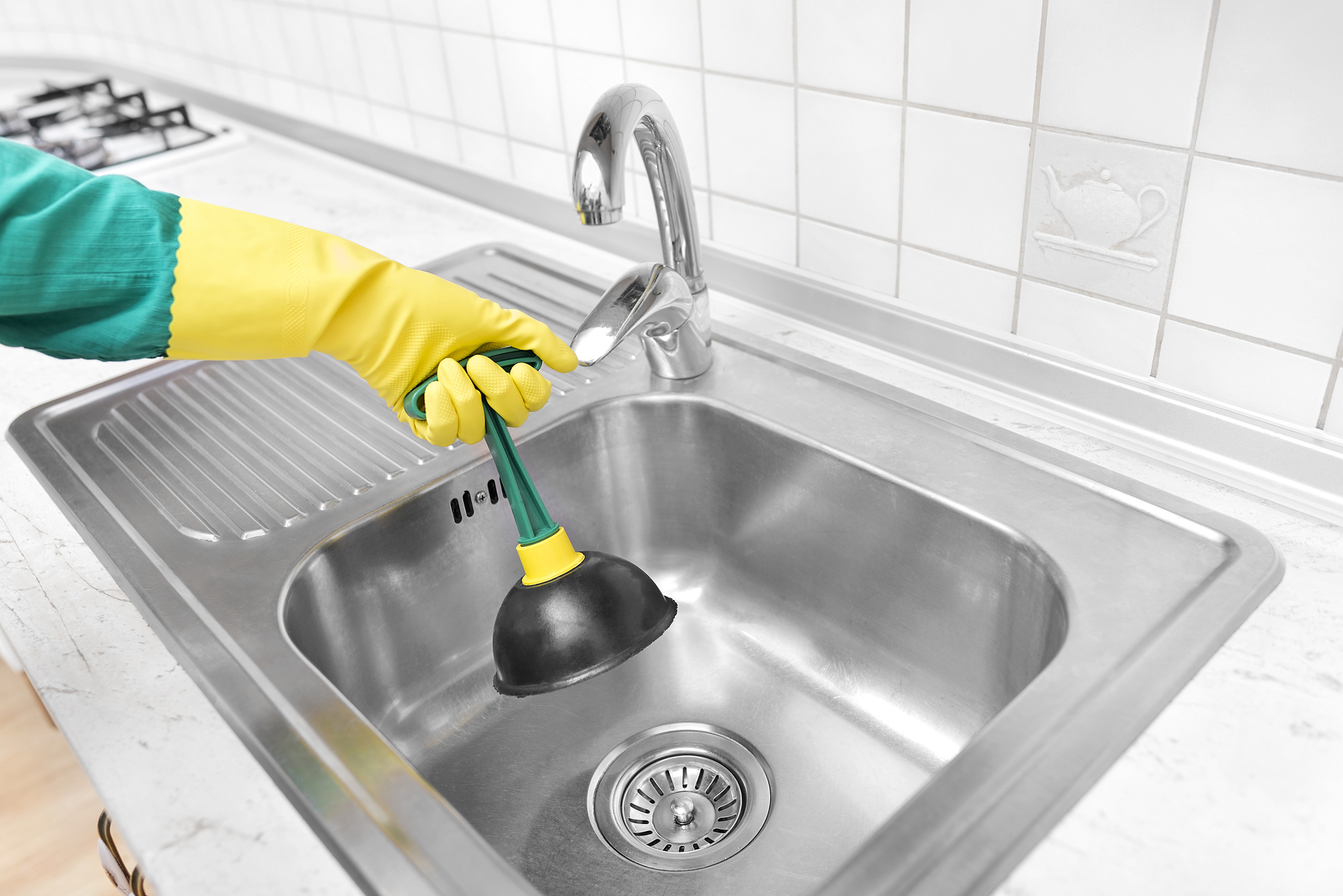What're your thoughts and feelings on 11 Must-Read Tips for Plumbing a New House?

For new homeowners, understanding and maintaining shower room plumbing can conserve both time and money by preventing costly concerns down the line. Below are some important shower room plumbing ideas to help you keep every little thing running efficiently.
Acquaint Yourself with the Main Shut-Off Valve
Recognizing where the primary water shut-off valve is located in your home is critical. This enables you to promptly turn off the water supply in case of major leaks or during plumbing emergency situations, stopping considerable water damage.
Frequently Examine for Leakages
Small leaks can bring about large problems. Consistently check under sinks, around commodes, and near pipes fixtures for any kind of indicators of leaks. Try to find dampness, tiny drips, or rust. Catching and fixing leakages early can avoid extra significant damages and conserve water.
Do Not Overlook Slow Drains
If your sink or tub is draining pipes gradually, it's usually a sign of a clog forming. Addressing this early can stop a full obstruction. Make use of a plunger or a plumbing technician's snake to clean out particles. Prevent utilizing chemical drain cleansers as they can damage your pipelines gradually.
Know What Not to Flush
Commodes are not waste disposal unit. Avoid flushing anything besides toilet tissue and human waste. Items like wipes, womanly health products, and cotton bud should be thrown away in the garbage to prevent obstructions and sewage system back-ups.
Mount Strainers in Drains
Place strainers in your sink and tub drains pipes to capture hair and other debris before they enter your pipes system. Cleaning the filters routinely will help protect against build-up and maintain water moving freely.
Maintain Your Water Heater
Ensure your water heater is readied to an appropriate temperature level (usually about 120 levels Fahrenheit) to prevent hot and minimize energy usage. Flush the tank each year to remove sediment buildup, which can minimize the effectiveness and life-span of your heating unit.
Upgrade Your Fixtures
If your home has older components, take into consideration updating to much more reliable designs. Modern bathrooms, showerheads, and taps are made to use much less water while supplying good stress, which can considerably reduce your water expense and environmental footprint.
Beware with Do It Yourself Pipes Repair Works
While it's alluring to deal with all home repair work on your own, beware with plumbing. Some issues may call for professional knowledge, especially if they include major water lines or drain fixings. Working with a professional can occasionally be a lot more cost-effective than DIY, specifically if it stops further damage.
Get Ready For Winter
Secure your pipes from cold during cold weather by shielding pipelines in unheated areas like cellars, attic rooms, and garages. Throughout severe cool, allow cold water drip from faucets offered by subjected pipes to help avoid cold.
Schedule Routine Upkeep
Think about scheduling annual inspections with a certified plumbing technician. They can spot concerns that you might miss, such as hidden leaks or deterioration on pipelines and fixtures. Regular maintenance aids expand the life of your plumbing system and can protect against emergency situations.
Conclusion
Comprehending and keeping your home's washroom plumbing can prevent numerous common issues. By adhering to these essential suggestions, you can ensure your shower room stays practical and reliable, saving you time and money in the long run.
Essential Plumbing Tips for Homeowners: Keep Your Pipes Flowing Smoothly
As a homeowner, understanding the basics of your plumbing system can save you time, money, and a lot of headaches. Plumbing issues can range from minor annoyances like dripping faucets to major problems like burst pipes that cause significant damage. This guide provides essential tips to help you maintain your plumbing system and tackle common issues.
Understanding Your Plumbing System
Supply System: Brings fresh water into your home from a municipal source or a well. Drain-Waste-Vent System: Removes wastewater and vents sewer gases outside. Fixtures and Appliances: Includes sinks, toilets, showers, dishwashers, and washing machines. Basic Maintenance Tips
Regular Inspections: Periodically check for leaks, corrosion, and other signs of wear and tear. Look under sinks, around toilets, and near water heaters. Know Your Main Shut-Off Valve: In case of a major leak, you’ll need to shut off the water quickly. Ensure everyone in your household knows where the main shut-off valve is located. Prevent Frozen Pipes: In cold climates, insulate exposed pipes and let faucets drip during extreme cold to prevent freezing. Use Strainers: Install strainers in sinks and tubs to catch hair, food particles, and other debris that can cause clogs. Common Plumbing Issues and Solutions
Clogged Drains:
Prevention: Avoid pouring grease down the drain and use drain screens to catch debris. DIY Fix: Use a plunger or a plumbing snake to clear minor clogs. For stubborn clogs, a mixture of baking soda and vinegar can sometimes help. Leaky Faucets:
Prevention: Replace washers and seals regularly. DIY Fix: Turn off the water supply, disassemble the faucet, and replace worn parts.

Course Detail